Why Family Life Was Better in the 1950s Than in The 2020s
- Details
- Written by And-El
- Views: 2662
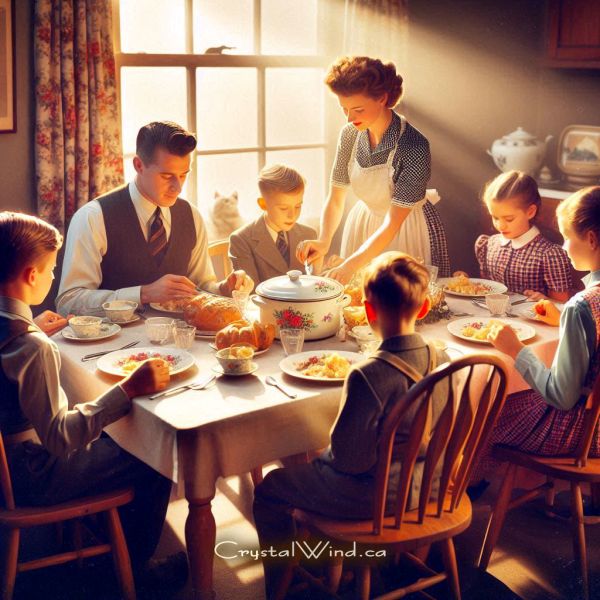
Comparing Family Life in the 1950s and Early 1960s to 2024 and why is was better then vs now.
The 1950s and early 1960s were a time of strong family bonds and traditional values. This was a big change from today's fast-moving world of 2024. Families back then enjoyed stability, prosperity, and the nuclear family setup. Parents focused on teaching their kids important family values and traditions.
Now, family life has changed a lot. Parents today often feel like they're not as involved in their kids' lives as they used to be. Technology and media have changed how we live, leading to worries about losing family values. There's more concern about things like reckless behavior, unplanned pregnancies, and identity theft among young people.
This article will look at how family life in the 1950s and early 1960s was different from today's 2024. We'll see what made the past era seem better than now. By looking at changes in gender roles, community ties, and what society values, we can understand how family life has changed. This helps us see how these changes affect us and society.
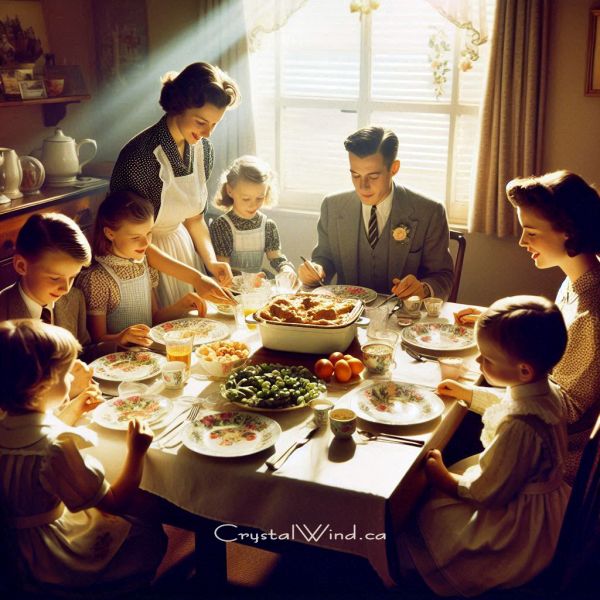
The Idyllic 1950s: A Nostalgic Glimpse into Traditional Family Values
The 1950s were a golden time in the United States. It was a period of great economic growth and social calm. The nuclear family became the norm, with a working dad, a stay-at-home mom, and their kids in suburban areas. Parents were key in teaching their kids traditional values. This perfect picture of the "American Dream" family is still cherished by many today.
Economic Prosperity and Social Stability
The 1950s were all about a booming economy and a growing middle class. This economic prosperity meant families could afford nice homes, cars, and fun activities. The social stability was also helped by the common traditional roles in the nuclear family. Here, the dad worked and the mom took care of the home.
The Rise of the Nuclear Family
The 1950s saw the nuclear family become the main family type. These families usually had a married couple and their kids, living in the suburbs and following traditional values. This family setup was seen as the ideal, backed by media and social norms. The nuclear family symbolized stability, security, and chasing the "American Dream" during this prosperous time.
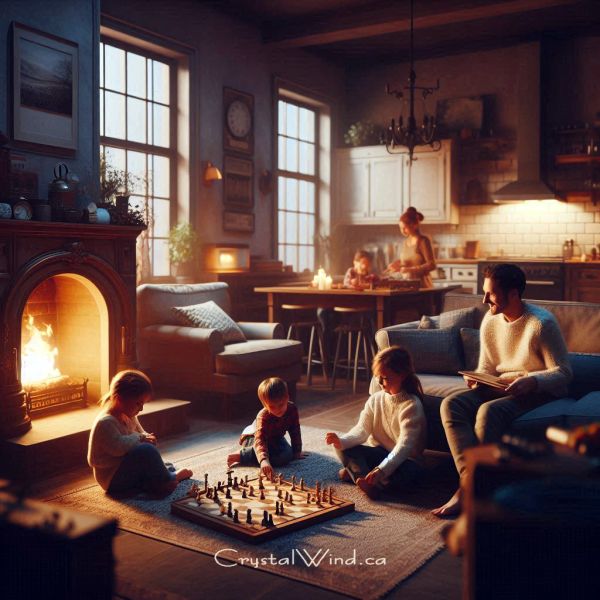
Gender Roles and Dynamics in the 1950s Household
In the 1950s, gender roles were clear. Men were seen as the main breadwinners and had the final say at home. Women were expected to take care of the house and the family. They often had fewer rights and relied on their husbands for money, making the family a strict hierarchy.
This setup limited women's freedom and status back then. The media showed the "happy homemaker" ideal, making working women seem selfish. With no good birth control, young wives could have many children before they even reached menopause.
Then, the Pill came in the late 1950s. It was welcomed by single and married women alike, showing a big need for better birth control. This change marked the start of a big shift in the 1950s family life. Women were now taking charge of their reproductive health and family planning.
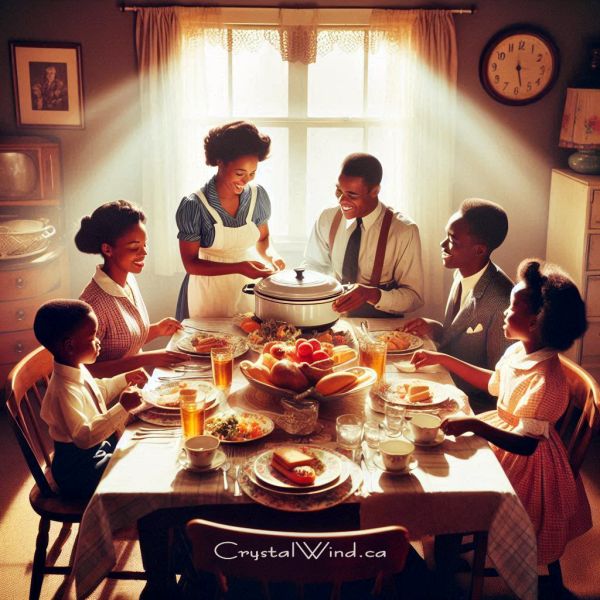
Community Bonds and Neighborhood Connections
In the 1950s, families were deeply tied to their local community and neighborhood. They often came together for activities, building strong bonds. This created a sense of sociability and belonging. Kids could play outside safely, making friends and parents kept close with neighbors.
This vibrant community life is now rare. Today, families are spread out and connect more online. The close-knit feel of 1950s neighborhoods is gone. This change affects families and their well-being deeply.
The Transition: Shifting Family Structures in the Modern Era
Family structures in the United States have changed a lot over the years. The strict nuclear family model of the 1950s is now more diverse and flexible. This change is thanks to women taking on more roles in society, both at work and in school.
More women working and going to school has changed old gender roles. This has led to a fairer sharing of household tasks. Now, families focus more on working together and being independent.
The Expansion of Women's Roles
Women's roles in the workforce and education have greatly influenced modern families. In the 1950s, most households were married couples living alone, making up two-thirds of all homes. By 2010, this number fell to less than half (45%) as family types became more varied.
More work chances for women, support for children, and economic changes have made families more diverse today. This shift has changed what we think of as family. It has given people new ways to live that fit their changing needs and dreams.

The Modern Family: Diversity and Fluidity
The modern family has changed a lot, showing more diversity and fluidity in how people live and form families. The old idea of a family with two married parents is no longer the norm. Now, families come in many shapes and sizes.
Today, only 46% of kids live with two parents who are in their first marriage, down from 73% in the early 1960s. More kids live with single parents, blended families, or cohabiting partners. This change comes from people marrying later, more divorces, and accepting different family types.
Varied Living Arrangements and Family Compositions
Now, families come in many forms. 69% of kids in the U.S. live with two parents, but 26% with just one. Also, 16% live in blended families, with 8% having a stepparent and 12% stepsiblings or half-siblings. Kids often see changes in their family setup, with about a quarter experiencing two or more changes by age 12.
Modern families are not just about the traditional setup. Asian kids are most likely to live with both parents, at 84%, while Hispanic kids often live with a single parent, at 29%. Also, 39% of kids have lived with a mother in a cohabiting relationship by age 12. Today's families show a wide range of living situations and family types, showing how family life is changing.
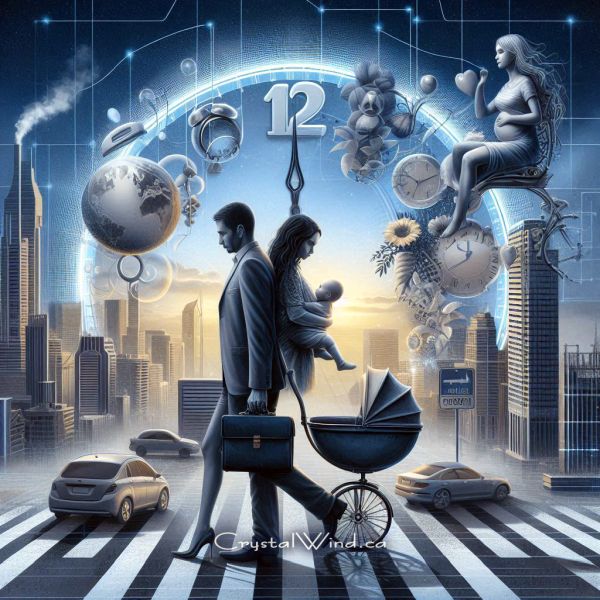
Delayed Marriage and Parenthood in Contemporary Society
Today, people are waiting longer to get married and start families. The average age for a first marriage is now 29 for men and 27 for women. This is a big jump from the 1950s. More young adults are living with their parents or in other setups, delaying their move to independent living and starting families.
This shift shows how social norms and economic realities have changed the timeline for starting families. It's a big change from the past.
Recent figures show that fewer unmarried couples who have a child together are getting married. This dropped from 76% in 2006 to 60% in 2020. Also, the link between single-parent families and education has grown a lot since the 1960s to the 1990s.
Children in non-intact families face almost three times as many school suspensions and expulsions as those in intact, married families.
These modern trends highlight how delayed marriage and delayed parenthood are more common in contemporary society. People are focusing on work, education, and personal goals before settling down. This shift shows how modern relationships and family structures are evolving.

The Impact of Technology and Media on Family Dynamics
Technology and media are everywhere in today's life, changing how families interact. Families now face the challenge of balancing work, personal life, and screen time. This leads to stress and tension as they try to keep connections strong despite digital distractions.
Balancing Work, Life, and Screen Time
Recent studies show that 72% of parents in the US think technology has changed how their kids talk at home. 63% of families say digital devices have changed how they spend time together, causing worries about feeling isolated. This has led to 82% of families fighting over screen time and technology use, affecting family relationships.
Even though technology can help families stay connected with tools like Skype and Facebook, 56% of families say they talk less face-to-face because of smartphones and social media. 65% of teens feel lonely, anxious, and depressed from spending too much time on screens.
Experts advise setting screen time limits, doing outdoor activities, and showing good technology habits. 93% of experts believe this helps keep family dynamics strong in the digital world.
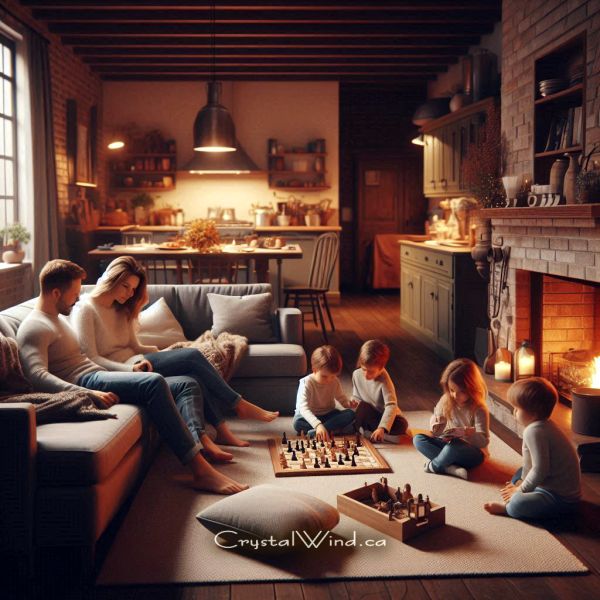
Why family life in the 1950's and early 1960's is way better than 2024
Many think that family life in the 1950s and early 1960s was better than today. Back then, the country was prosperous and stable after the war. This created a perfect picture of the nuclear family, seen as the ideal family type.
The 1950s saw a big increase in babies, with almost 4 million born each year. By 1964, there were almost 77 million baby boomers. The economy grew a lot, more than doubling from $200 billion to over $500 billion. TV became popular, Rock 'n' Roll music took off, and the civil rights movement started, making the 1950s and early 1960s unique.
Now, families are more diverse and changing. Fewer kids live in traditional families, dropping from 65 out of 100 to 22 out of 100. Married couples make up less than half of all households, with more single parents and people living alone.
The 1950s and early 1960s had more economic stability and strong community ties. But today, we have more diversity and equality. This shows how family life in America has changed and sparks debate on which era was better.
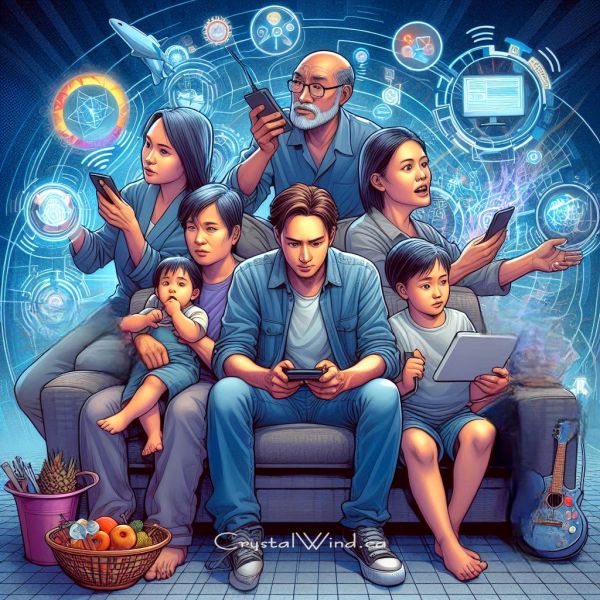
Challenges Faced by Modern Families
Modern families enjoy more diversity and flexibility but face new challenges. Economic pressures like high living costs and the need for two incomes strain work-life balance. They must balance careers, childcare, and home life with less support from family and community than before.
Economic Pressures and Work-Life Balance
Today's modern families live in a world far different from the 1950s and early 1960s. Economic pressures have grown, making it common for both parents to work outside the home. This change has reshaped family life, making work-life balance a big challenge for many.
The cost of living has gone up, and wages haven't kept pace. So, modern families often need two incomes to get by. This means parents have less time for family, as they work more to support their homes. The challenges of managing work, childcare, and home life are key parts of modern family life.
There's also less community support and extended family networks now than in the 1950s and early 1960s. This has made work-life balance harder for modern families. Without many resources and support, families face these challenges alone, leading to more stress and burnout.

Conclusion
Family life in the 1950s and early 1960s is often seen as nostalgic. Yet, today's families face new challenges and benefits. Changes in society, economy, and culture have led to new family structures. These include more women in the workforce, later marriage, and the impact of technology.
The past has shaped our beliefs and values. But family structures are not set in stone. Events like marriage, having children, divorce, and death change families. The 1960s social revolution changed how people saw gender roles in families.
Looking ahead, family foundations show the values of their creators. They guide how family members act at home and in society. Studies by the Pew Research Center show how public views have changed over time. Younger generations, like iGens, have their own views and behaviors.
The original article is copyrighted by the author listed above. Posted on CrystalWind.ca ©2024. All rights reserved. Reproduction of this content is prohibited without written permission. The title of the article was created by CrystalWind.ca.
Liked this article? Dive deeper into personal growth and wellness! Check out CrystalWind.ca for spiritual wisdom or explore AromaWorx.ca for natural well-being tips. Spread the positivity—share this with friends on their happiness journey!
Let’s Chat! Drop Your Thoughts Below! ![]()
Latest Articles
Dive into the Mystical World of the Crystal Wind Oracle Deck!
Get All the Enchanting Details Now!
NEW Expanded Boxed Edition!
Now with 58 Cards for Richer Wisdom!

Imagine a world of inspiration and healing, free for all—made possible by YOU!
Donate Now—Ignite the Magic at CrystalWind.ca!

Epilepsy - Finding A Cure
Your donation can make a difference!
Help us find a cure – donate now!
Unlock Your Light: Join Lightworkers Worldwide on CrystalWind.ca!
Quake Watch
Follow Us!
Who is Online Now
We have 50238 guests and no members online
Featured This Month
Frogs Return Moon
Beaver – Chrysocolla - Blue Camas – Blue April 20 – May 20 The Frogs Retur... Read more
Sun in Taurus
Sun in Taurus April 21 through May 21 An Overview of Sun Sign Characteristi... Read more
The Time of No Time: Beltane!
Around the medicine wheel of life we go, from season to season (solstice to ... Read more
The Crystal Wind Oracle Card Deck
The Crystal Wind Oracle™ The Crystal Wind Oracle Myth & Magic Card D... Read more
Cartomancy - Fortune Telling Using Playing C…
Cartomancy is the act of divining using cards. Divining means to find out by... Read more
The Seven Chakras and their Meanings
If you could imagine chakras as circles of energy, flowing all the way throu... Read more
Bright Beltane Blessings!
The wheel turns to Beltane, also known as Mayday, marking the beginning of S... Read more
Taurus Mythology
The Taurus Myth The Taurus myth is most often interpreted as the story of Z... Read more
































































































































































